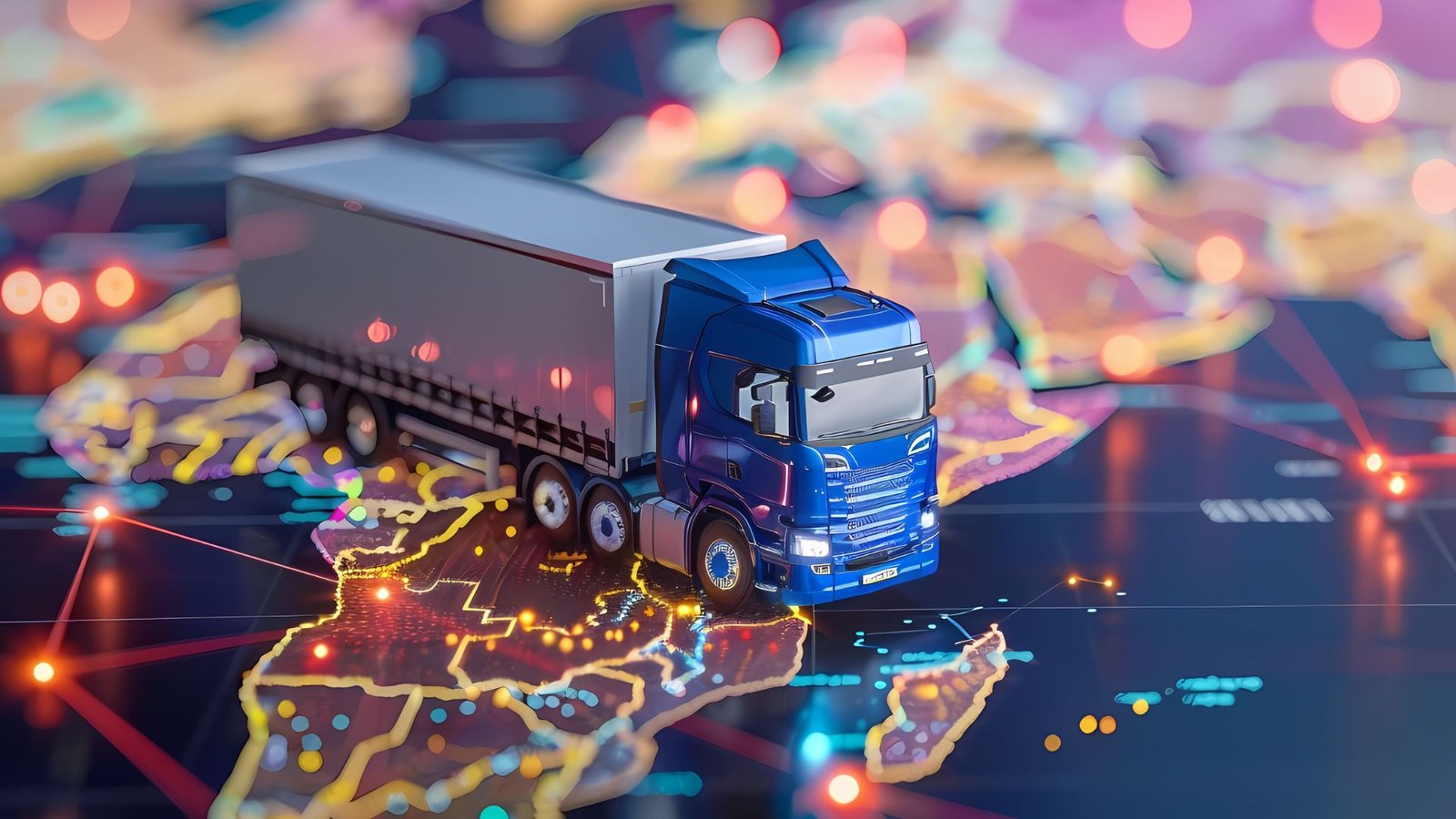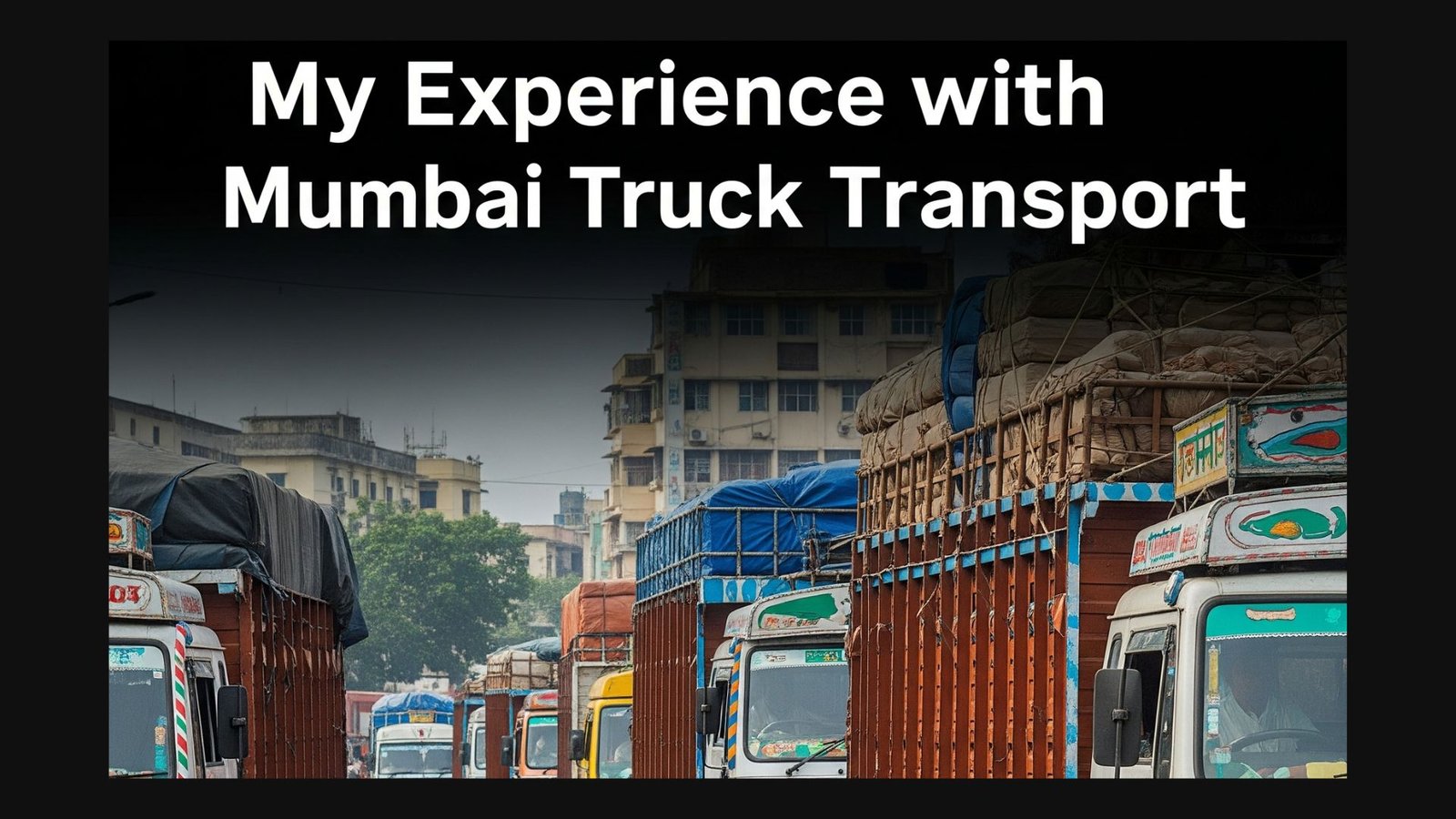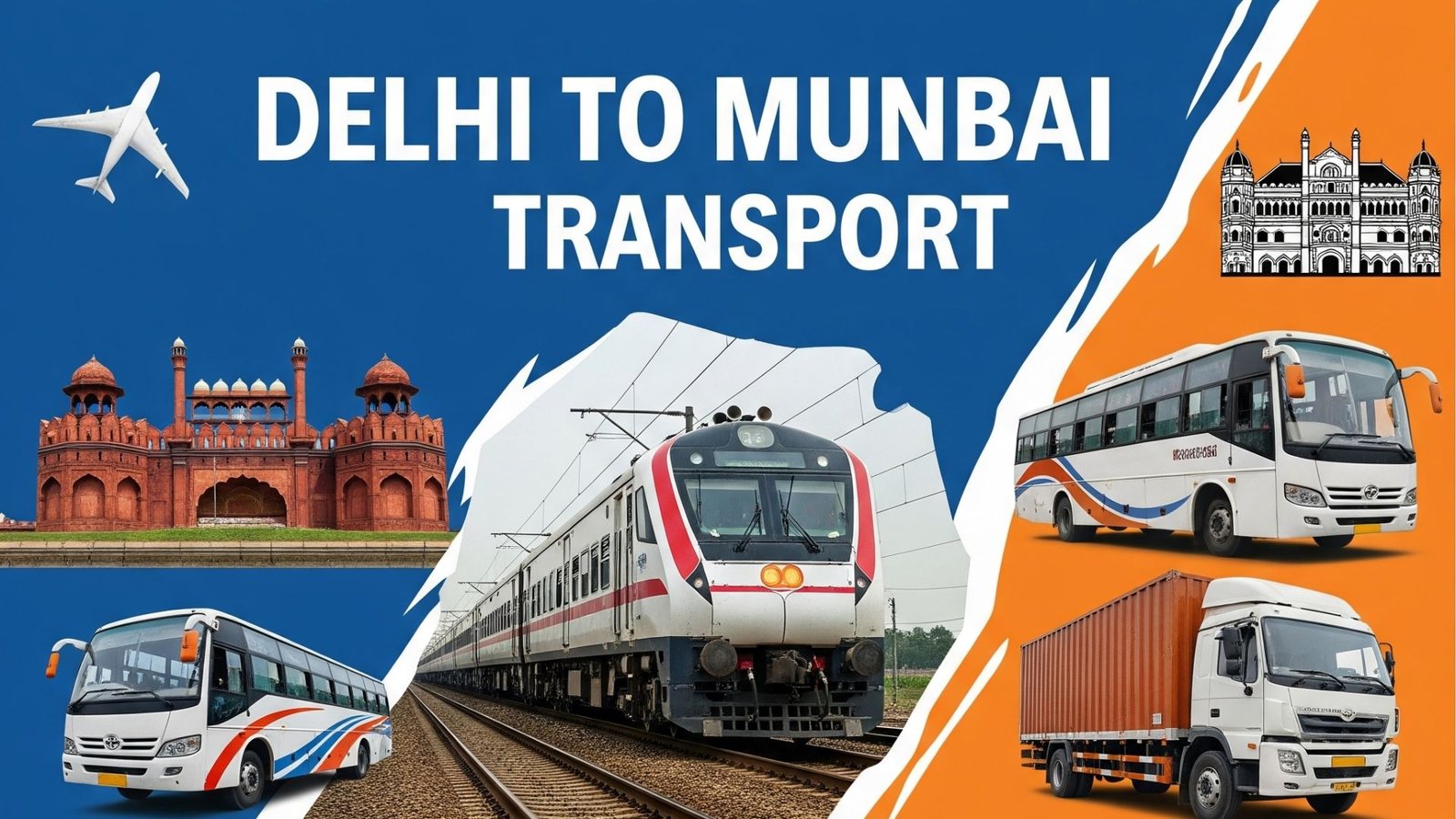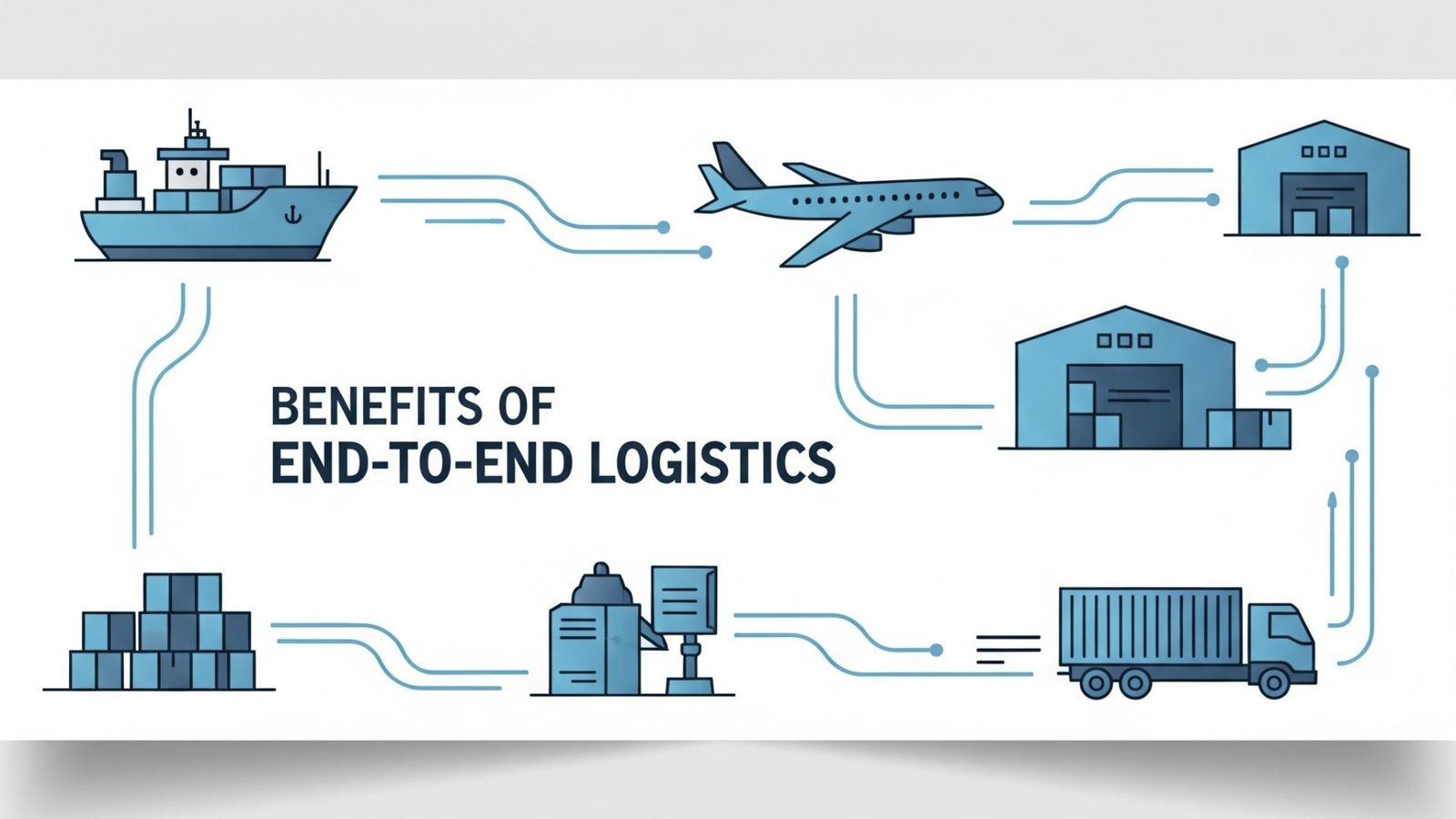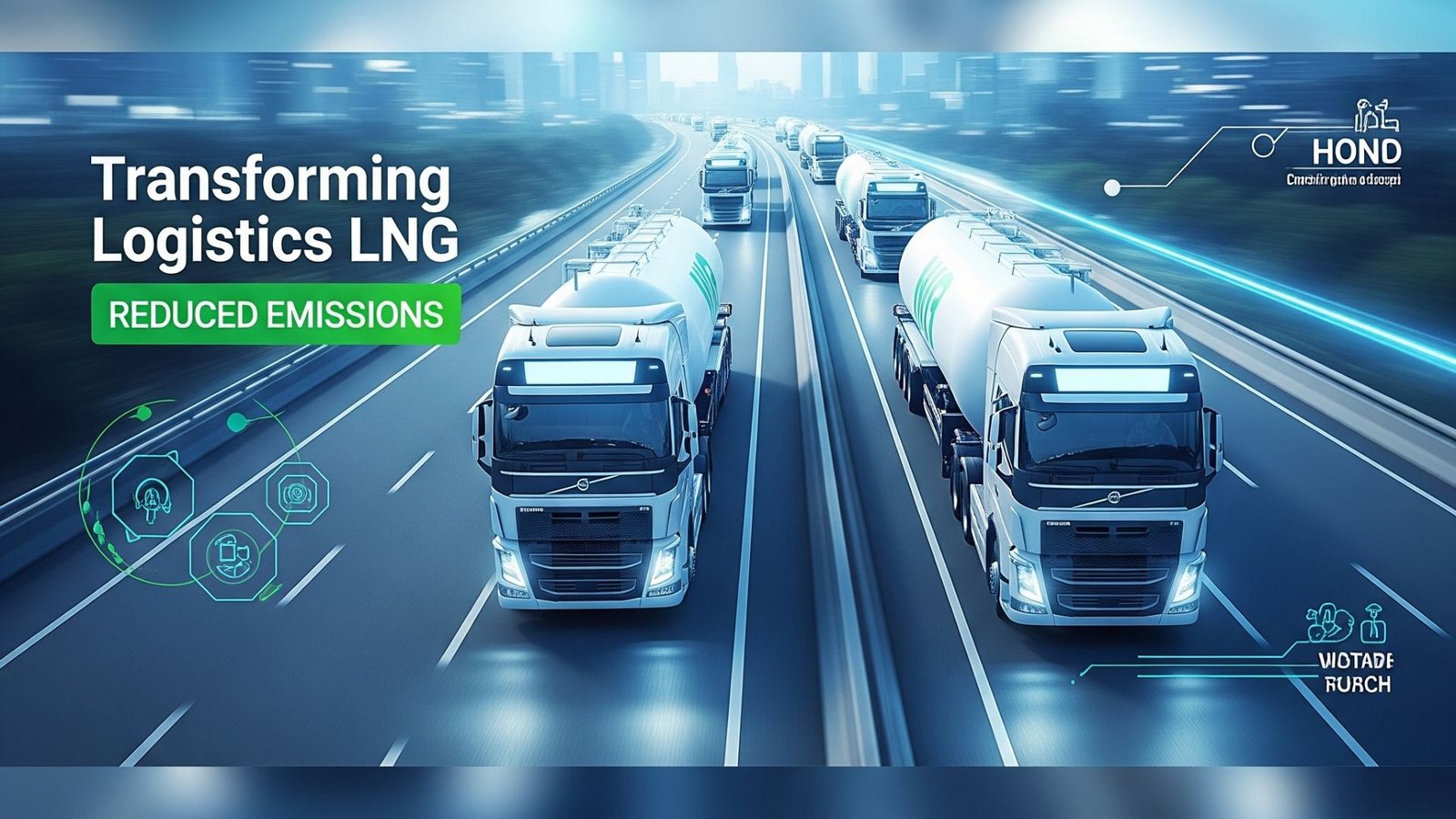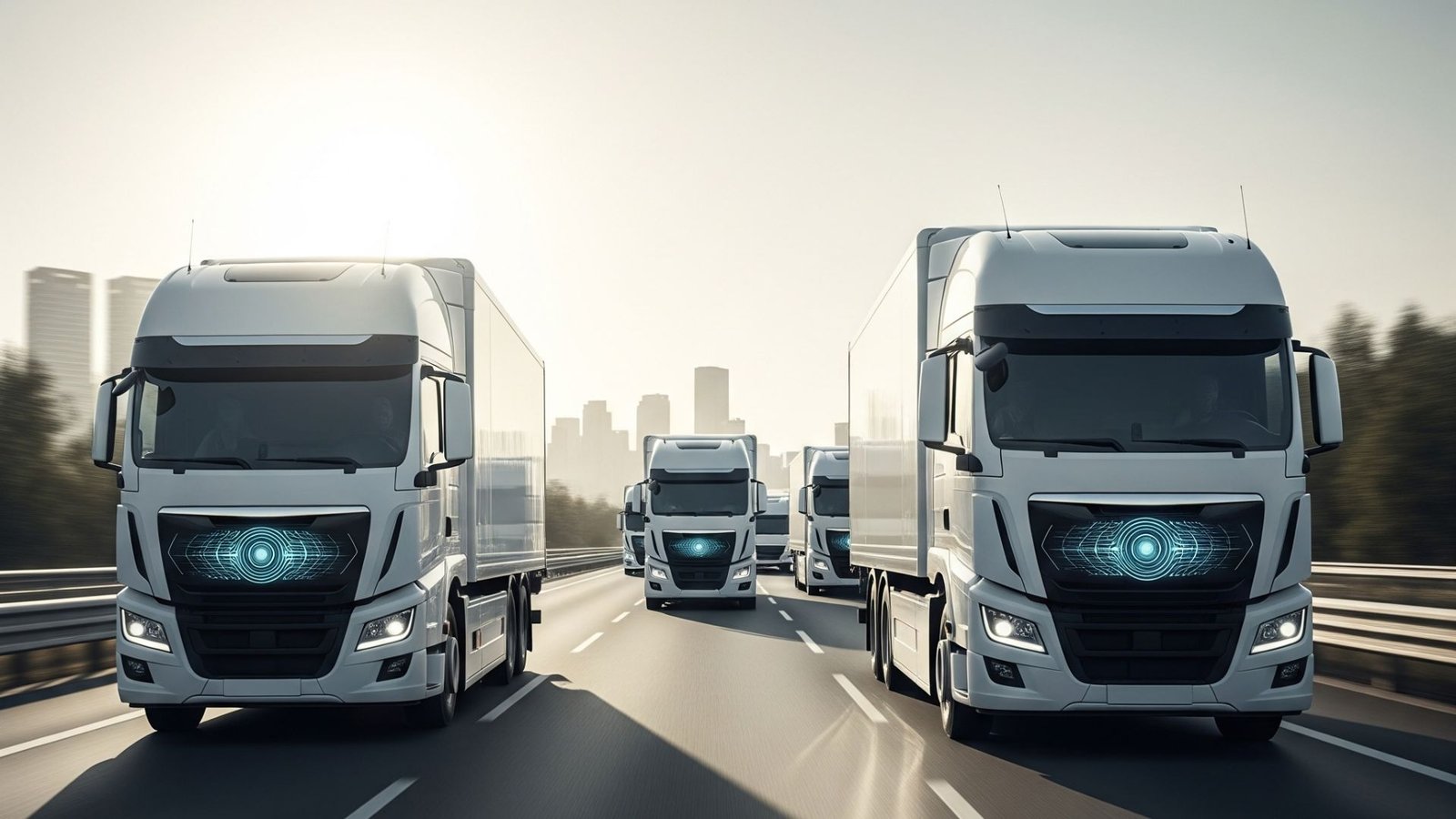Truck transportation serves as the lifeline of India’s logistics network, with over 70% of the country’s freight being transported by trucks. Whether you are a business owner managing shipments or an individual relocating across states or cities, grasping the nuances of truck transportation charges in India is crucial for effective budgeting.
In this blog post, we will explore the cost structure of truck transportation offered by logistics companies in India and outline the key factors you need to understand regarding truck transport pricing in the region.
Average Truck Transportation Charges in India
The truck transportation charges in India vary widely depending on the type of goods, distance, and truck capacity. On average:
- Full Truck Load (FTL): ₹50–₹100 per kilometer for a 20-ton truck.
- Part Truck Load (PTL): ₹1,500–₹3,500 per ton for distances up to 500 km.
However, these are estimated figures of transport charges. Let’s dive deeper into the factors that shape truck transport price in India.
Estimated Truck Transportation Charges in India (Per Km Cost)
About truck transport rate per ton per km in India –
| Truck Type | Capacity | Approx. Distance (Km) | Per Km Rate (₹) | Ideal For |
| Mini Truck (Pickup) | 500 kg – 2 ton | Local (0-100 km) | ₹10 – ₹18 | Small goods, local deliveries |
| Tata Ace / Small Truck | 0.5 – 1.5 ton | Short (100-300 km) | ₹12 – ₹20 | Retail goods, lightweight cargo |
| LCV (1-5 Ton) | 1 – 5 ton | Medium (300-800 km) | ₹15 – ₹25 | E-commerce, perishable goods |
| 6-Wheeler Truck | 9 – 11 ton | Medium-Long (800-1200 km) | ₹20 – ₹30 | Industrial goods, machinery |
| 10-Wheeler Truck | 16 – 20 ton | Long (1200+ km) | ₹25 – ₹40 | Bulk cargo, construction material |
| Multi-Axle Truck | 25 – 40 ton | Pan-India | ₹35 – ₹55 | Heavy machinery, large shipments |
| Container Truck | 20 – 40 FT | Interstate/Ports | ₹50 – ₹80 | Import/export, oversized cargo |
Notes: Freight Charges very from State to state this is only en estimate.
- Factors Affecting Rates: Fuel prices, tolls, driver charges, seasonality (monsoon hikes), and route (hilly vs. highway).
- Additional Charges: Loading/unloading (₹500-₹2000), permit fees (for interstate), and detention charges (if applicable).
- Discounts: Negotiable for round trips or long-term contracts.
Key Factors That Impact the Truck Transport Price in India
Truck transport prices in India are dynamic and can fluctuate slightly based on various factors, including the brand or type of truck used. Several key elements influence the overall transportation cost — from the distance the goods need to travel to the nature of the items being shipped. Understanding these factors can help you make more accurate and informed estimates of truck transport charges.
1. Distance and Route
Distance is one of the most significant factors affecting truck transportation costs. While longer journeys typically result in higher overall charges, the cost per kilometer often decreases over extended distances. However, routes that involve toll roads, challenging terrain, or remote destinations can lead to additional expenses.
2. Type of Goods
Fragile, hazardous, or perishable goods demand special handling, appropriate insurance, and necessary permits, all of which can increase transportation costs. For example, if you’re shipping electronics, be prepared to pay more compared to transporting less sensitive items like textiles or raw materials.
3. Fuel Prices
Fuel makes up around 50–60% of a truck’s operating expenses, making it a major factor in transportation pricing. In India, fluctuations in diesel prices have a direct impact on truck transport rates. For example, a ₹5 rise in diesel prices can increase transport costs by ₹2 to ₹3 per kilometer.
4. Seasonal Demand
During monsoons and festive seasons like Diwali, demand for truck transportation surges, often driving rates up by 20–30%. Scheduling shipments during off-peak periods can help you significantly reduce costs.
5. Truck Type and Capacity
Larger trucks, such as 20-tonners, have higher upfront costs but are more cost-effective for bulk shipments. On the other hand, smaller trucks (6–10 tons) are ideal for shorter distances but tend to be more expensive per ton of cargo.
6. Regulatory Costs
E-way bills, toll charges, and state-specific permits contribute significantly to truck transportation costs in India. For instance, interstate permits alone can range from ₹2,000 to ₹5,000 per trip, adding to the overall expense.
Why Choose SG Bajrang Logistics Transportation Services?
Smart, Secure & Affordable: Why SG Bajrang Logistics Is the Right Choice for Truck Transportation in India
Transporting goods—whether for business or personal needs—requires more than just a truck. It demands reliable, cost-effective, and timely service. Navigating the complexities of truck transport in India requires industry expertise, and that’s where SG Bajrang Logistics stands out. With transparent pricing, real-time tracking, and a robust pan-India network, we simplify logistics from start to finish.
Why Choose SG Bajrang Logistics?
Transparent & Affordable Pricing
Truck transportation charges in India can be unpredictable, but not with us. At SG Bajrang Logistics, we offer competitive rates with complete transparency—no hidden costs, no last-minute surprises. Whether you need FTL (Full Truck Load) or PTL (Part Truck Load) services, we customize affordable solutions that fit your needs and budget.
On-Time Deliveries
Time is money—especially in logistics. With years of experience and a skilled team, SG Bajrang Logistics ensures on-time deliveries across India. We understand the urgency behind every shipment, whether it’s stock replenishment or a time-sensitive relocation.
Nationwide Coverage
Our extensive network connects major cities to remote locations with equal efficiency. No matter where you are or where your cargo needs to go, SG Bajrang Logistics has the right fleet and infrastructure to get it there safely.
Prioritized Safety & Security
We treat your goods like our own. Our modern fleet and trained drivers ensure safe, secure, and damage-free transportation—whether you’re shipping electronics, perishables, machinery, or household items.
Our Core Services
1. Full Truck Load (FTL) Services
Need an entire truck dedicated to your shipment? Our FTL services are ideal for large-volume goods, offering:
- Faster delivery
- Reduced handling
- Lower cost per unit
Perfect for: Heavy machinery, industrial goods, appliances.
2. Part Truck Load (PTL) Services
Got a smaller shipment? Save costs by sharing space with other customers. With PTL, you only pay for the space you use.
- Cost-effective for SMEs & individuals
- Daily service to major cities like Delhi, Mumbai, Bengaluru
Ideal for: Loads under 5 tons.
3. Specialized Transport Solutions
From temperature-sensitive items to hazardous materials and oversized cargo, we provide customized trucks and trained personnel for safe transport.
4. Door-to-Door Delivery
No more dealing with multiple vendors. We manage everything—from pickup to final delivery—ensuring a seamless logistics experience.
How We Help You Optimize Truck Transport Costs in India
- Clear, Upfront Pricing: Our rates cover fuel, tolls, permits, and service fees—so you’re never caught off guard.
- Tech-Enabled Efficiency: Track your shipment in real-time via our mobile app, get alerts, and optimize routes to save time and fuel.
- Pan-India Reach: With a fleet of 500+ trucks and strong regional partnerships, we ensure smooth deliveries to Tier 1, 2, and 3 cities.
- 24/7 Customer Support: Our dedicated team helps with documentation, claims, and special requirements—anytime you need.
Conclusion: Ship Smarter with SG Bajrang Logistics
Understanding truck transportation charges in India goes beyond price comparison. It’s about choosing a dependable logistics partner who brings clarity, speed, and cost efficiency to every shipment.
Whether you’re looking for economical PTL services or reliable FTL solutions, SG Bajrang Logistics delivers customized services to match your timeline and budget.
Ready to simplify your shipping?
Get a free quote today and experience smart, stress-free logistics with SG Bajrang Logistics!
Let me know if you’d like this formatted into a webpage draft, PDF brochure, or social media copy!
FAQs: Forward vs. Reverse Logistics
Q1. What is forward logistics in simple terms?
A: Forward logistics refers to the process of moving goods from the manufacturer or supplier to the final customer. It includes activities like production, packaging, warehousing, transportation, and delivery.
Q2. What is reverse logistics?
A: Reverse logistics involves moving goods from the customer back to the seller or manufacturer. It includes returns, repairs, recycling, recalls, and proper disposal of products.
Q3. Why is reverse logistics important for businesses?
A: Reverse logistics helps businesses recover value, improve customer satisfaction, ensure proper disposal of goods, and comply with environmental regulations. It also supports sustainability initiatives.
Q4. What are some examples of reverse logistics?
A: Examples include:
- Product returns due to damage or dissatisfaction
- Recycling of used electronics or packaging
- Repair and refurbishing of used products
- Warranty claim handling
- Reusable packaging retrieval
Q5. How do the goals of forward and reverse logistics differ?
A:
- Forward logistics: Focuses on delivering products efficiently and satisfying demand.
- Reverse logistics: Aims to recover value, reduce waste, and handle post-sale processes like returns and repairs.
Q6. Which is more complex: forward or reverse logistics?
A: Reverse logistics is often more complex due to variability in product condition, customer behavior, return reasons, and processing methods.
Q7. Can reverse logistics save money?
A: Yes. Effective reverse logistics can reduce losses, enable asset recovery, lower waste disposal costs, and increase customer retention.
Q8. Do all companies need reverse logistics?
A: Not all, but companies that sell physical goods—especially online retailers, electronics, automotive, and manufacturing sectors—benefit greatly from reverse logistics systems.



